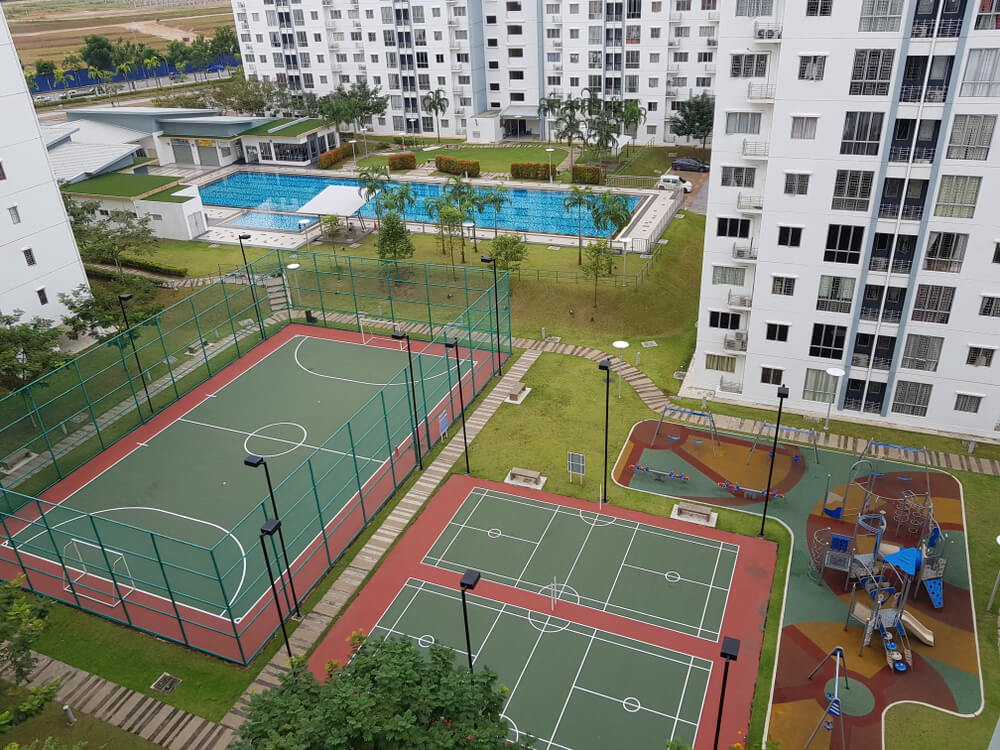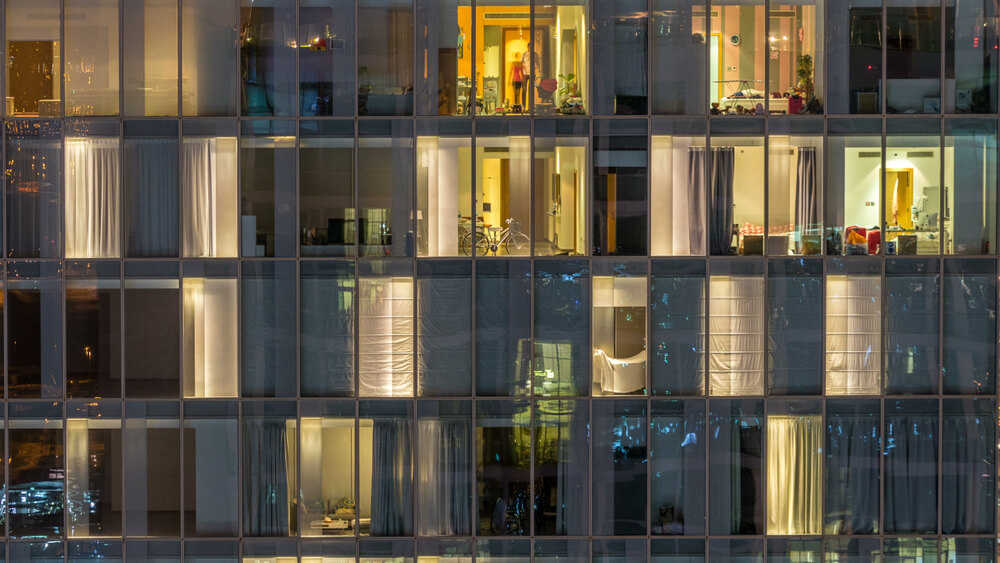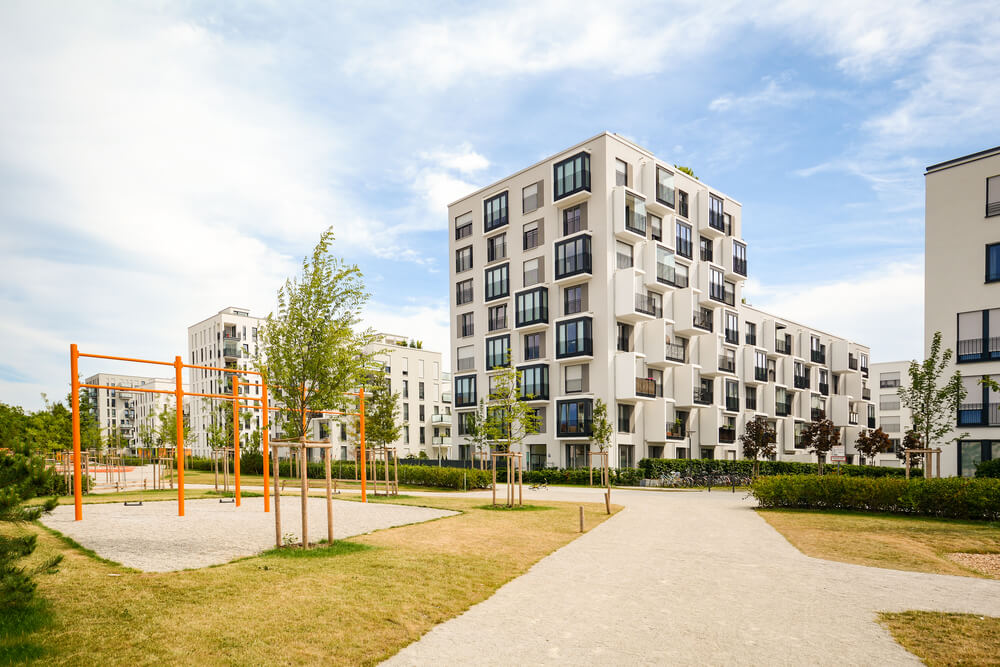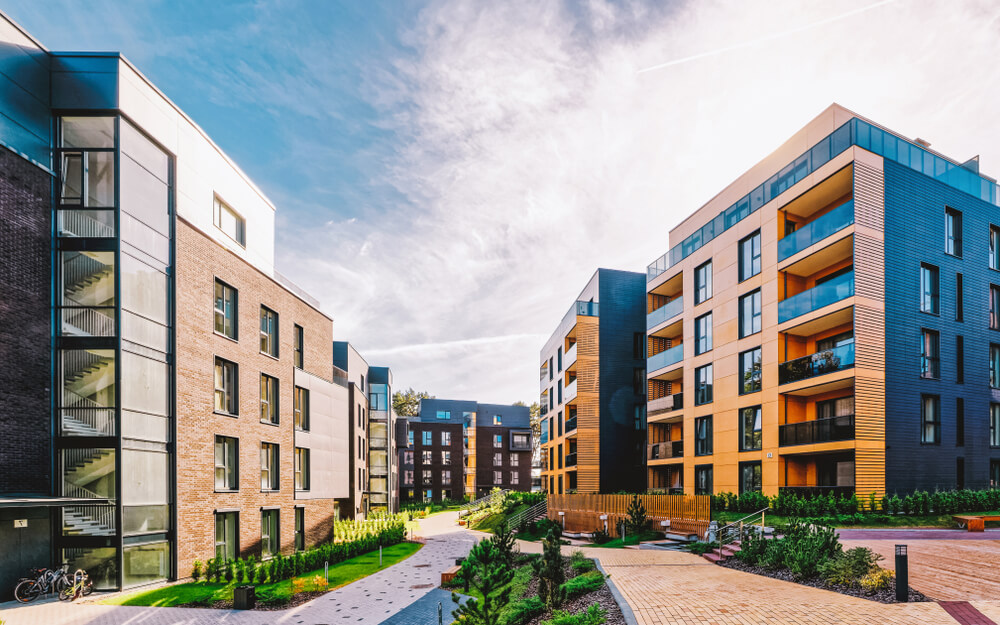Residential buildings are one of the most common forms of housing in urban areas. These buildings include multiple apartments and provide a home for a large number of people. In this blog, we will explore the pros and cons of residential buildings for both tenants and owners.
Advantages of residential buildings
One of the main advantages of residential buildings is the efficient use of space. Since the apartments are located next to each other, residential buildings enable the accommodation of a large number of residents in a relatively small area. This is especially important in densely populated urban areas where every inch of land is precious.
In addition, modern residential buildings usually have common areas and facilities that are available to all tenants. These may include gyms, swimming pools, meeting rooms, or children’s playgrounds. These shared spaces provide tenants with opportunities for socializing, interaction, and joint activities.

Residential buildings also provide more security than individual houses. They are usually equipped with security systems, lockable front doors, and doormen who control access to the building. This can reduce the risk of unauthorized access and increase the sense of security for tenants.
Another advantage of residential buildings is easier maintenance. Building owners usually have a team that takes care of the maintenance of the common areas, as well as cleaning and maintaining the facade of the building. This frees tenants from individual maintenance of the exterior and common areas.
Disadvantages of residential buildings
Although residential buildings have many advantages, they also have certain disadvantages that should be considered. One of them is a lower degree of privacy compared to individual houses. Because apartments share walls with neighboring apartments, there may be less insulation from noise and less privacy compared to houses. Residents may also be exposed to noise from other apartments, which can affect their quality of life.
One disadvantage of residential buildings can be the limitation of space. Compared to houses, apartments in buildings often have smaller square footage. This can be a challenge, especially for families with children or for those who want more living or storage space.

Another disadvantage of residential buildings is the dependence on the board of directors or the owner of the building to make decisions. Tenants usually have to cooperate and agree on decisions about maintenance, repairs, or changes in common areas. This can be challenging, especially if tenants have different priorities and opinions.

Residential buildings have their advantages and disadvantages, and the choice between living in a residential building or an individual house depends on personal preferences and needs. For those who appreciate space efficiency, shared facilities, and greater security, residential buildings can be an excellent choice. On the other hand, for those who aspire to more privacy, space, and independence, detached houses may be a better option. It is important to carefully consider the pros and cons in order to make an informed decision about your home.



